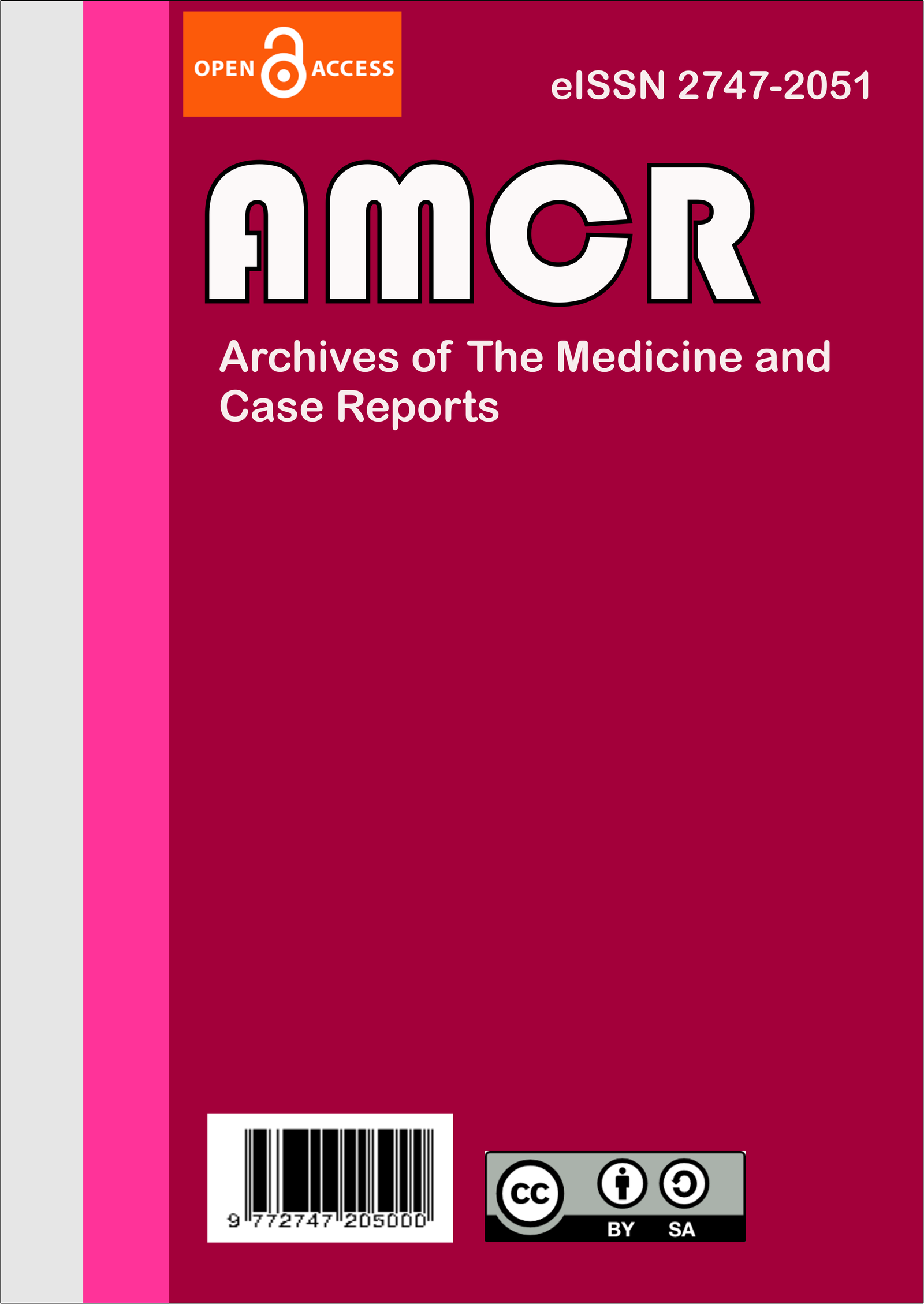Main Article Content
Abstract
Meigs syndrome is a rare clinical entity defined by the triad of a benign ovarian tumor, ascites, and pleural effusion. It characteristically resolves completely after the surgical removal of the primary tumor. Despite its benign nature, the clinical presentation often mimics advanced-stage ovarian malignancy, posing a significant diagnostic challenge. A 47-year-old nulligravid woman presented with a two-week history of severe dyspnea, orthopnea, and pleuritic chest pain, set against a four-month backdrop of progressive abdominal distension and a 10-kg weight loss. Physical examination revealed findings consistent with a massive right-sided pleural effusion, significant ascites, and a large, firm pelvic-abdominal mass. Imaging confirmed a massive right pleural effusion and a complex ovarian mass exceeding 16 cm. A diagnosis of Meigs syndrome was established after pleural fluid analysis revealed a cytologically negative, exudative fluid. The patient's acute respiratory distress was managed with serial therapeutic thoracentesis, with 5,000 mL of fluid removed over five days, leading to dramatic symptomatic improvement. She was subsequently stabilized for definitive surgical intervention. In conclusion, this case powerfully illustrates the critical importance of including Meigs syndrome in the differential diagnosis for women with an ovarian mass and concurrent pleuro-peritoneal effusions. Timely recognition and a staged, multidisciplinary management approach are paramount for alleviating life-threatening symptoms and achieving an excellent prognosis, reaffirming the clinician's highest duty: to diligently seek out the curable, even when faced with the seemingly incurable.
Keywords
Article Details
Archives of The Medicine and Case Reports (AMCR) allow the author(s) to hold the copyright without restrictions and allow the author(s) to retain publishing rights without restrictions, also the owner of the commercial rights to the article is the author.





